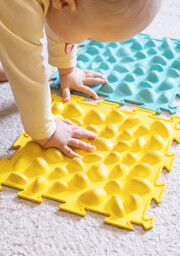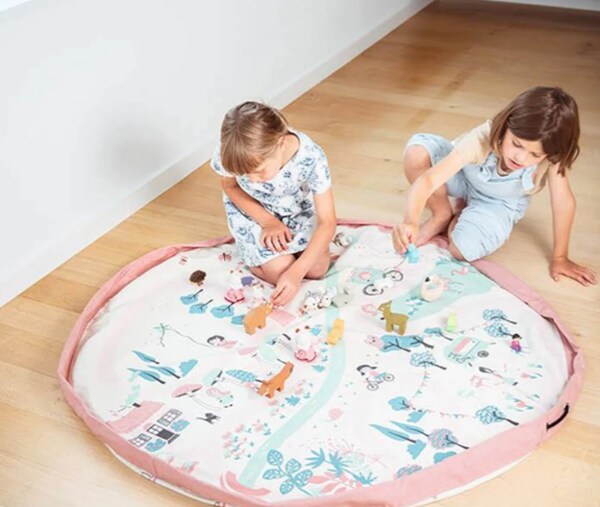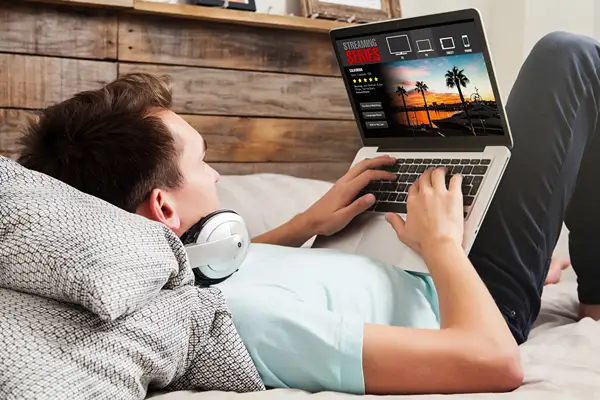Fun Ways To Promote Learning With Your Child
The learning process is significant, and everyone has their own individual styles that work for them. As a parent, caregiver, or family member, you want to ensure that the children in your care experience an environment that is conducive to learning and self-discovery. However, learning should be an exciting experience.
Engaging in fun-filled learning activities is an efficient tactic that can help teach your kids new things and nurture their curiosity. Discover some fun ways to promote learning with your child that will encourage a positive outlook toward education and help you build plenty of valuable memories together.
Learning Through Games
Learning can sometimes be intimidating, but incorporating games that are beneficial to kids of all ages into the rotation can positively impact your child’s education. Playing games that are both fun and interactive makes learning easy and enjoyable. Games also encourage children to acquire positive social and cognitive skills such as teamwork, problem-solving, and strategy formulation. Scrabble is an example of a learning game you can play with your child that helps improve vocabulary and spelling skills.
Cooking Together
Cooking is a valuable skill for everyone, and what better way to teach a child than by cooking together? It can help children learn about measurements, nutrition, following instructions, and other skills essential to their development. When you cook with your child, they’ll also get the chance to learn about teamwork and communication while enhancing their problem-solving skills. Furthermore, children are more likely to eat the food they have prepared themselves, encouraging healthy eating and an affinity for trying new foods.
Create an Exploration Jar
There are many benefits of physical activity for child development. Exploring different items is an effective way for children to learn about the world around them. You can create an exploration jar with your child that consists of various items such as feathers, rocks, shells, and buttons. This jar helps enhance your child’s observational and analytical skills as they learn to identify and differentiate between various objects.
Movie Night
Movie night can be a fun activity that encourages learning. You can choose a movie that aligns with what your child is learning in school. Watching educational documentaries and movies together can help children think critically, understand important concepts, and gain new perspectives.
Schedule a Field Trip
Field trips are an exciting way to learn and explore new things with your child. Field trips are experiential activities that help cultivate a love of learning and encourage children to ask questions, seek answers, and engage in active discussions. You can visit historical sites, museums, the zoo, or any location that interests your child.
Help Them Learn Both Inside and Outside the Classroom
These fun-filled ways to promote learning with your child can help instill a love for knowledge that will stay with them for a lifetime. It’s important to remember that children learn both in and outside the classroom. Engage with your child creatively, make learning enjoyable, and create an atmosphere that encourages curiosity and exploration. Happy learning!




 Katie Brenneman is a passionate writer specializing in education, mental health, family lifestyle and online safety. When she isn’t writing, you can find her with her nose buried in a book or hiking with her dog, Charlie. You can follow her on
Katie Brenneman is a passionate writer specializing in education, mental health, family lifestyle and online safety. When she isn’t writing, you can find her with her nose buried in a book or hiking with her dog, Charlie. You can follow her on 



